An event-driven DevOps pipeline treats data as a first-class citizen, automating the deployment of metadata and configuration data together to eliminate drift and speed releases.
Why event-driven Data DevOps matters
Salesforce teams often struggle to keep configuration and reference data in sync with metadata deployments. Manual CSV imports and Data Loader processes are error-prone and slow, causing UAT environments to drift from production and increasing the risk of release failures. An event-driven pipeline ties ticketing (Jira), an integration layer (MuleSoft or custom API), and a CI/CD tool (Copado, Gearset, or SFDX pipelines) to automate deployments when work is marked ready.
Solution architecture overview
Core components:
- Jira — Source of truth for feature readiness and approvals.
- Integration layer (MuleSoft / Custom API) — Listens for Jira webhooks and orchestrates pipeline calls.
- CI/CD platform (Copado / Gearset / SFDX) — Deploys metadata and reference data (using data templates or scripts).
How the event-driven flow works
- Jira story moves to a deploy-ready status and triggers a webhook.
- Integration layer receives the event and calls the CI/CD platform API to start the pipeline.
- CI/CD deploys metadata from source control and upserts data templates (e.g., Price Book entries) to the target org.
- Automated validations (Apex tests, SOQL checks, or Selenium scripts) run and must pass for promotion.
- On approval (Jira status change), the pipeline promotes the change to Production.
Practical use case: Automating Price Book updates
Sales operations frequently adjust pricing that must be reflected in CPQ and production environments. By capturing Price Book entries as part of a user story and using data templates that upsert by external ID, teams can ensure the same records are deployed to UAT and Production without manual CSV imports. This reduces errors, saves time, and makes UAT testing reliable.
Key benefits & best practices
- Unified deployments: Keep metadata and data together to avoid environment drift.
- Event-driven automation: Use Jira status changes to trigger immediate, auditable deployments.
- Validation gates: Include automated tests and manual approvals to maintain governance.
- Idempotent data loads: Use external IDs and upsert logic to avoid duplicates and preserve data integrity.
- Tool-agnostic framework: The pattern works with Copado, Gearset, Flosum, or custom SFDX pipelines.
Implementation checklist
- Create data templates or scripts for reference data (PriceBookEntry, CPQ configs, permission sets).
- Configure Jira webhooks and map statuses to pipeline triggers.
- Implement an integration layer to orchestrate API calls securely.
- Ensure CI/CD jobs support data upsert by external ID and include validation steps.
- Set approval gates in Jira for governance before production promotions.
Conclusion
Adopting an event-driven Data DevOps pipeline transforms release days from stressful, manual processes into predictable, automated flows. Teams gain faster time-to-production, consistent environments for testing, and fewer post-release fixes. For Salesforce admins, developers, and release managers, this approach reduces manual effort and improves confidence in deployments—making releases effectively “boring” in the best way.


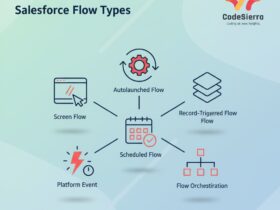

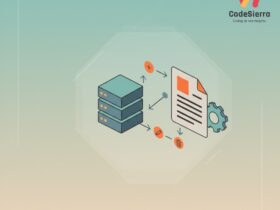
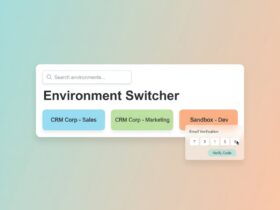
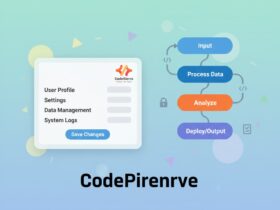

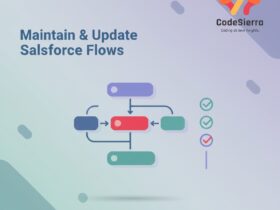
Leave a Reply